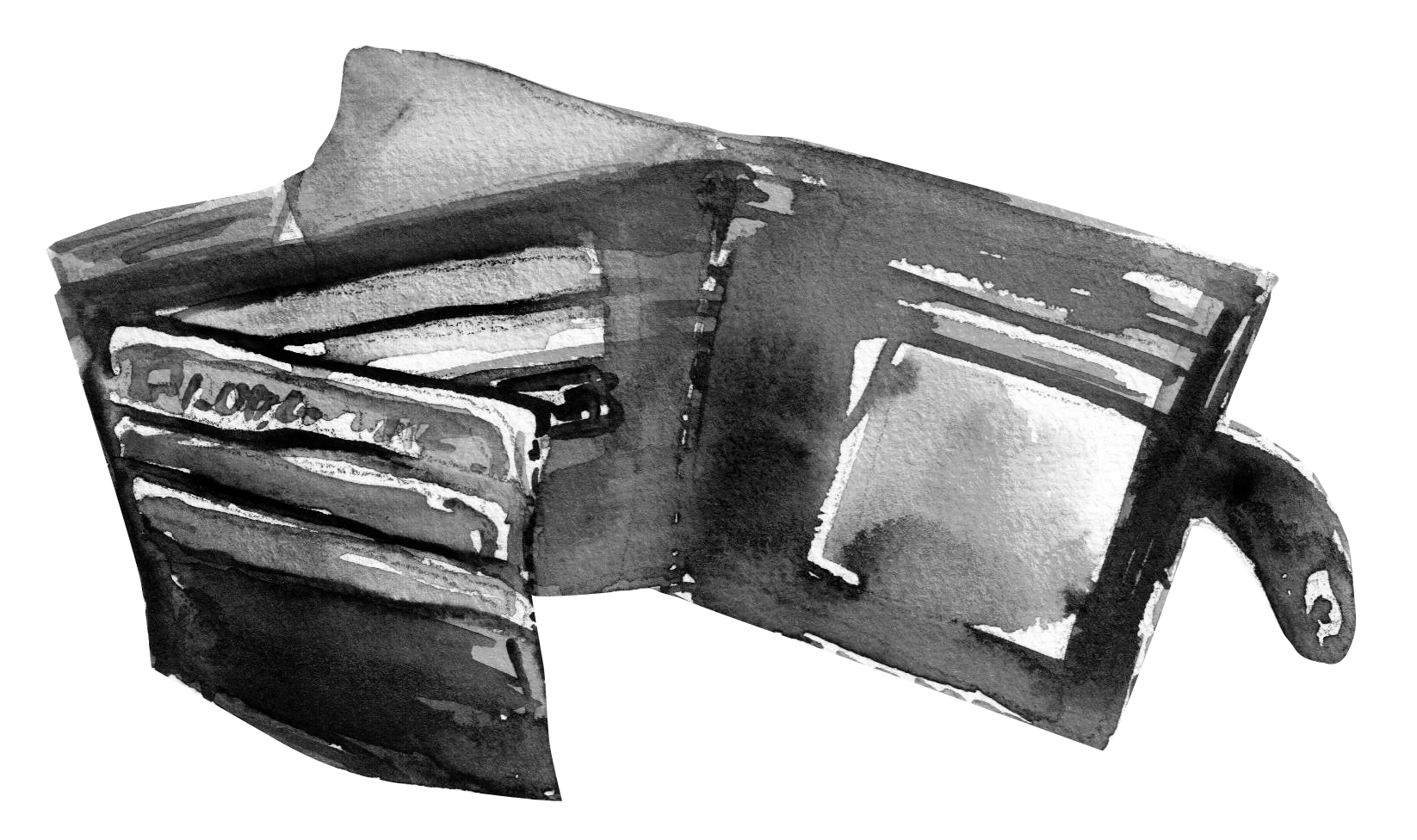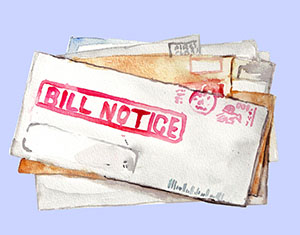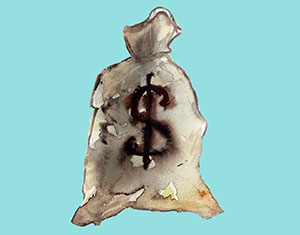
Fundamentals of Accounts Payable: An Accountants Handbook

$145.00
Course Description
Understanding the fundamentals of the accounts payable function is critical for any organization that wants to run an effective and efficient accounts payable function. Without this understanding, weak processes are permitted making fraud easier to commit. Duplicate payments increase and the function is not cost-effective. This course presents information the professional can use to create a strong process and implement effective function. Industry expert Mary Schaeffer shows auditors, controllers, and managers how proper processes in the accounts payable function strengthen controls and lead to an efficient and effective accounts payable function.
Learning Objectives
-
Chapter 1
- Understand why setting up the accounts payable function correctly is important
- Detect potential problems when payments are made outside accounts payable
-
Chapter 2
- Create an effective naming convention
- Delineate an effective process for entering data in the master vendor file
- Establish effective controls around the master vendor file
-
Chapter 3
- Create an effective process for the receipt of invoices
- Identify duplicate invoices
- Construct new procedures for emailed invoices
-
Chapter 4
- Understand and identify the problems associated with paper checks
- Reduce the number of paper checks
- Create programs that will eliminate (or partially eliminate) paper checks
-
Chapter 5
- Create an effective p-card policy
- Identify and eliminate common p-card complications
- Craft an employee responsibility agreement for use of p-cards
-
Chapter 6
- Create an electronic payment program
- Avoid common pitfalls when making electronic payments
- Craft an electronic payment expansion program
-
Chapter 7
- Create procedures for dealing with discrepant invoices
- Identify duplicate invoices
- Craft an effective process for dealing with invoices without a PO number or name of requisitioner
-
Chapter 8
- Earn most early payment discounts
- Create strong processes to avoid returning checks to requisitioners and issuing rush checks
- Eliminate all late fees
-
Chapter 10
- Implement a travel policy that conforms to IRS guidelines
- Create a spot checking policy for expense receipts
- Set reasonable reimbursement practices
-
Chapter 9
- Identify duplicate payment
- Create a process for performing an in-house payment audit
- Implement best practices when hiring a recovery firm
-
Chapter 11
- Use positive pay correctly
- Minimize p-card fraud
- Implement policies that deter p-card fraud
-
Chapter 12
- Identify misconceptions that deter proper fraud protection
- Implement best practices to prevent ACH and wire fraud
- Create a policy to deal with the BYOD issue
-
Chapter 13
- dentify different types of payment fraud
- Create procedures to deter, detect and prevent all types of payment fraud
-
Chapter 14
- Understand why an accounts payable policy and procedures manual is critical
- Create an effective policy and procedures manual
- Establish a policy for updating the accounts payable policy and procedures manual on a regular basis
-
Chapter 15
- Build effective procedures for handling information reporting requirements related to accounts payable (1099)
- Establish procedures for checking for bribery violations
-
Chapter 16
- Create processes using technology to identify duplicate payments
- Integrate low-cost technology to create a more efficient accounts payable process
-
Chapter 17
- Integrate appropriate segregation of duties into your accounts payable process
- Identify potential internal control breakdowns and craft procedures to fix them
-
Chapter 18
- Enhance productivity without spending a fortune
- Minimize paper in account payable
- Improve efficiency
-
Chapter 19
- Create an electronic payments program
- Encourage suppliers to accept electronic payments
- Identify and eliminate common problems associated with electronic payments
-
Chapter 20
- Create a program to recover open vendor credits
- Earn all early payment discounts
-
Chapter 21
- Create best practice supplier onboarding processes
- Delineate procedures for handling vendor inquiries
-
Chapter 22
- Identify changes impacting accounts payable in the near future
- Delineate what will be needed to meet upcoming disruptions to the accounts payable processes
Questions? Get some help
888.656.5334 | help@cpenation.com









